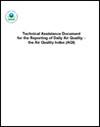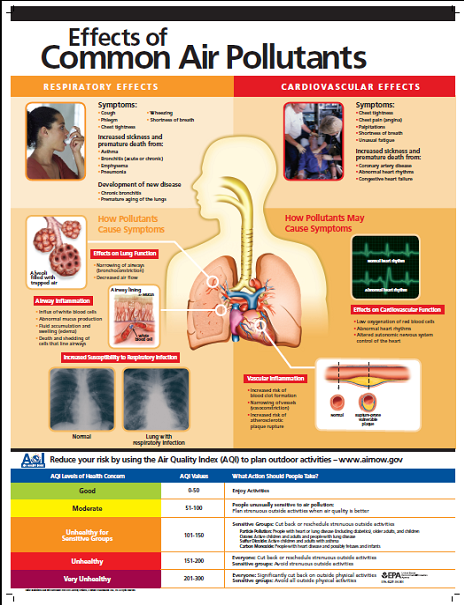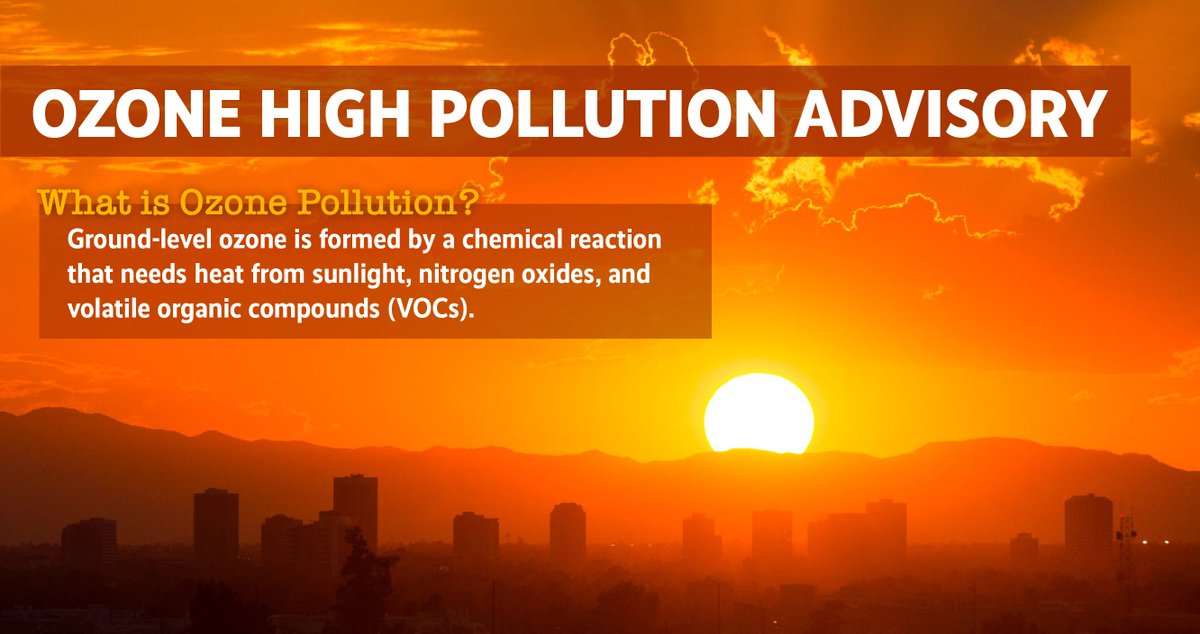Intro: Ya know, dear readers, your MesaZona is really throwing one more RANT today about our Air Quality ....Ooops!!
Here's another one, but this time here are some links so that YOU, dear readers, CAN FOLLOW THROUGH to get your own daily updates . . . ask for more accountability.
Maricopa County consistently VIOLATES federal Clean Air Standards
Whose job is it anyway to ensure that Federal Clean Air Standards do not get consistently violated here? It doesn't look like they are "Doing Their Job"!
Here's another Advisory for tomorrow: WHAT DO YOU WANT TO DO ABOUT IT????????
It's just NOT a Particulate Matter > Do you take it personally?
It's time to hold ADEQ accountable.

Health Impacts
People most vulnerable to the impacts of air pollution include children, older adults, adults exercising outdoors and people with heart or lung disease and those suffering from asthma and bronchitis. Exposure can increase the number and severity of asthma attacks, cause or aggravate bronchitis or other lung disease and reduce the body’s ability to fight infection. Symptoms may include itchy eyes, nose, and throat, wheezing, coughing, shortness of breath, chest pain and upper respiratory issues. Long-term exposure is linked to premature death in people with heart or lung disease, nonfatal heart attacks, irregular heartbeat and decreased lung function.
Particulate Matter:
State and county agencies measure levels of particulate matter (PM) in the air.
PM is extremely small solid particles and liquid droplets that circulate in air.
PM comes from combustion (cars, industry, wood burning) or dust stirred up into the air. High levels of PM occur when air is especially stagnant or windy.
Two types of PM are measured:
PM-10, commonly called dust
PM-2.5, commonly called soot or smoke.
PM-10 is 10 microns or less in size
PM-2.5 is 2.5 microns or less in size.
(For perspective, one strand of human hair is 70-100 microns in size.)
High Pollution Ozone Warning + Excessive Heats The previously issued Ozone High Pollution Advisory for today will remain in effect and be extended for Tuesday, May 26th.Friday, high pressure’s grip on the Desert Southwest bolsters and another Ozone High Pollution Advisory is possible.
Please keep in mind that although ozone fluctuates daily, the week in Phoenix is going to get progressively hotter! Eventually, the 110 degree realm is likely. The National Weather Service is covering that aspect in detail. They have issued a host of heat related warnings
Ozone GPA: High Pollution Advisory (HPA)
Notifies the public that the level of an air pollutant is forecast to exceed the federal health standard.
HEALTH IMPACTS: People most vulnerable to the impacts of air pollution include children, older adults, adults exercising outdoors, people with heart or lung disease, and those suffering from asthma and bronchitis.
Exposure can increase the number and severity of asthma attacks, cause or aggravate bronchitis or other lung disease, and reduce the body’s ability to fight infection.
Symptoms may include itchy eyes, nose and throat, wheezing, coughing, shortness of breath, chest pain and upper respiratory issues.
Ground-level ozone forms when two types of pollutants — volatile organic compounds (VOCs) and nitrogen oxides (NOx) — react in sunlight.
These pollutants come primarily from automobiles, but also from other sources, including industries, power plants and products, such as solvents and paints. Generally, the highest levels of ozone occur in the afternoon.
There are only 'alerts' and 'warnings' for what to avoid doing, qualifiers with qualifiers like sensitive-groups may be affected.
Technical Assistance Document for the Reporting of Daily Air Quality 
This guidance is designed to aid local agencies in reporting the air quality using the AQI as required in the Code of Federal Regulations (CFR). For more information contact David Mintz at (mintz.david@epa.gov).
Updated 2018
You may need a PDF reader to view files on this page. See EPA’s About PDF page to learn more.











No comments:
Post a Comment